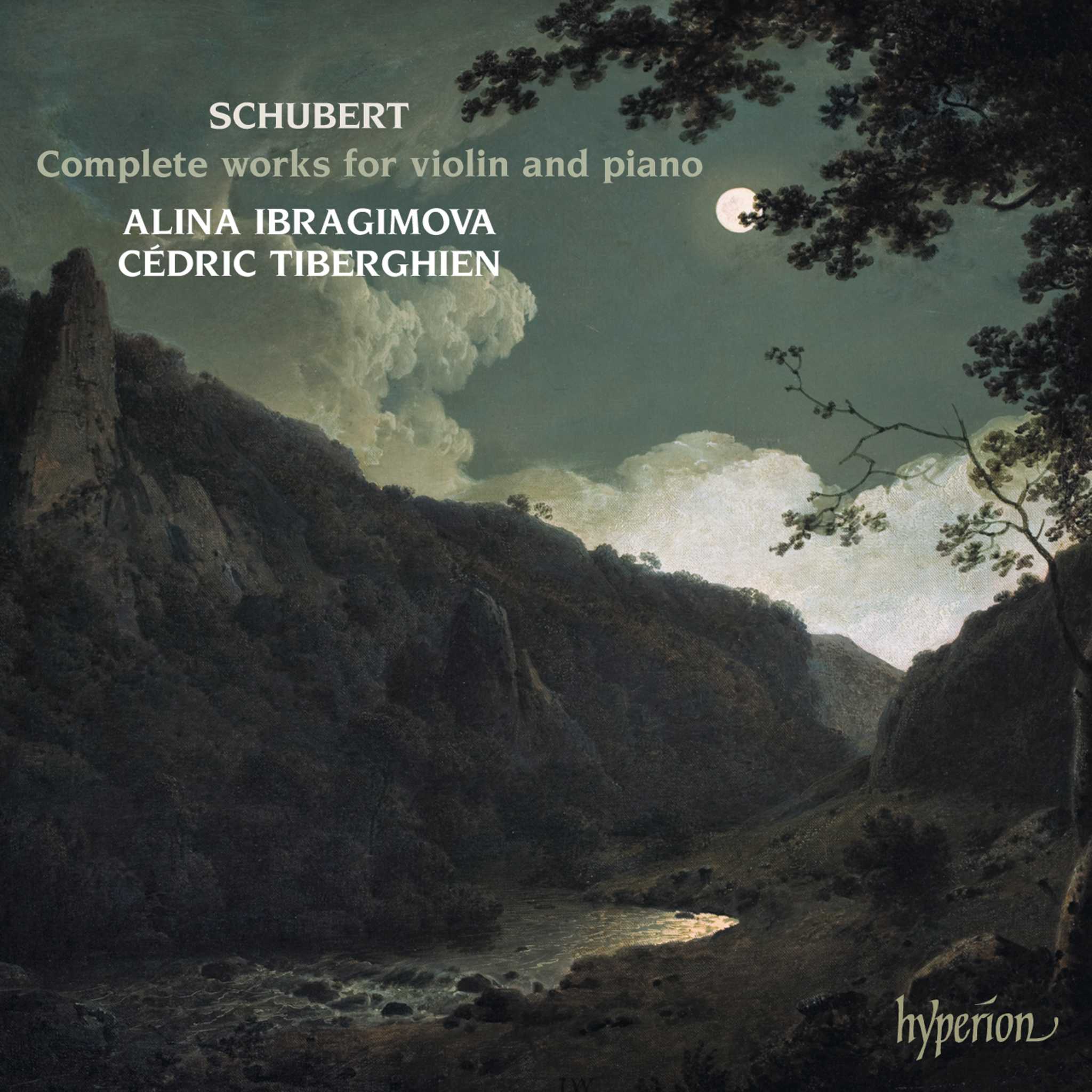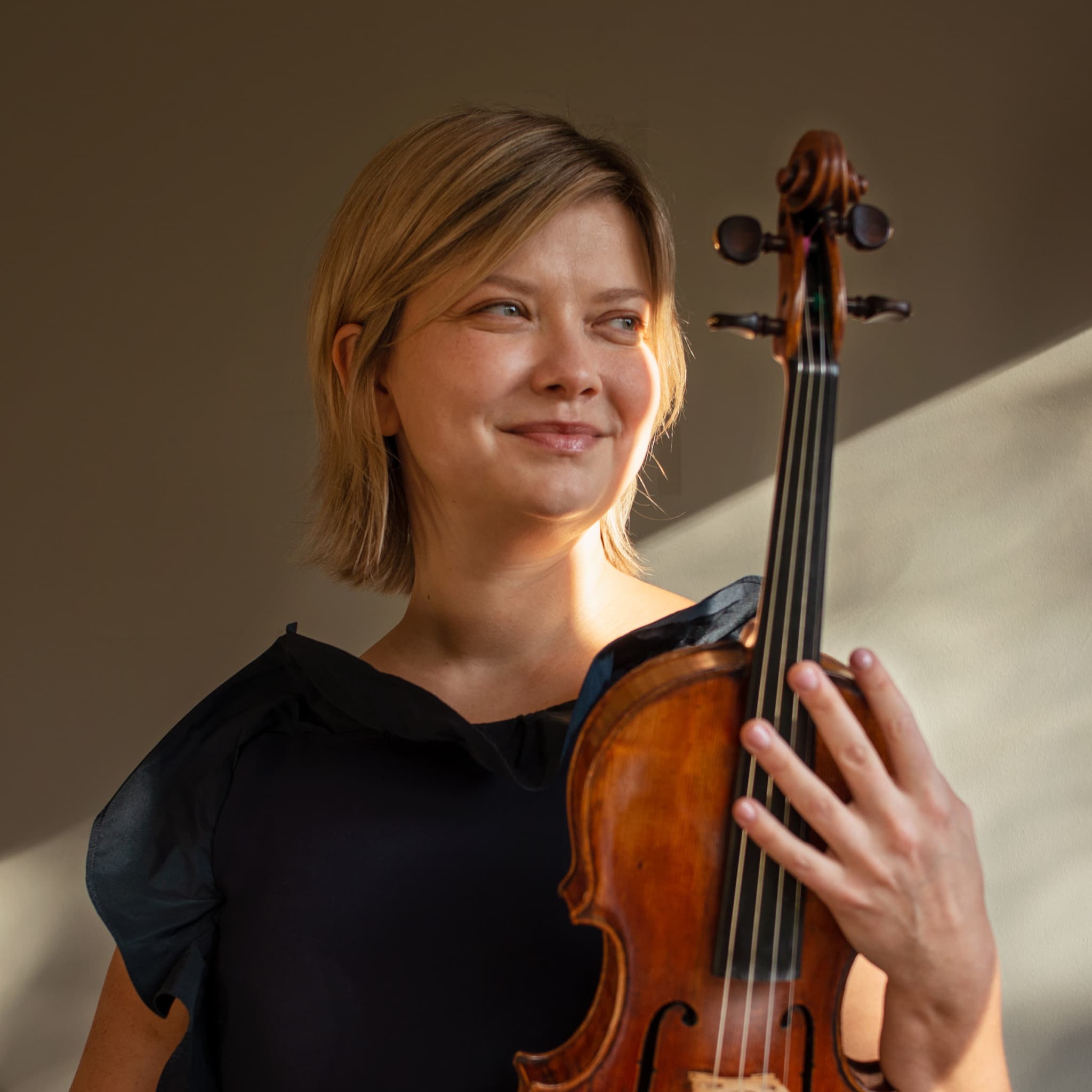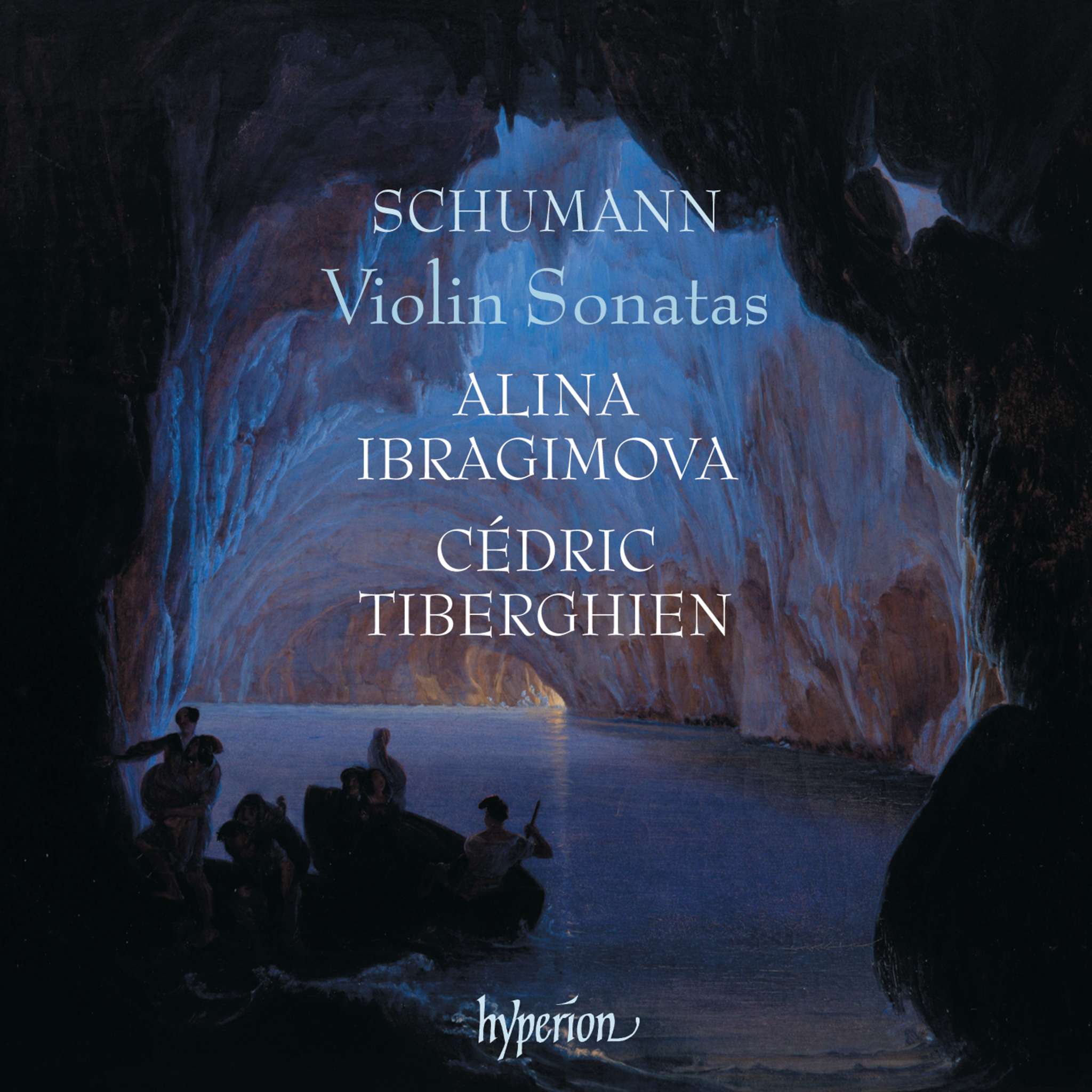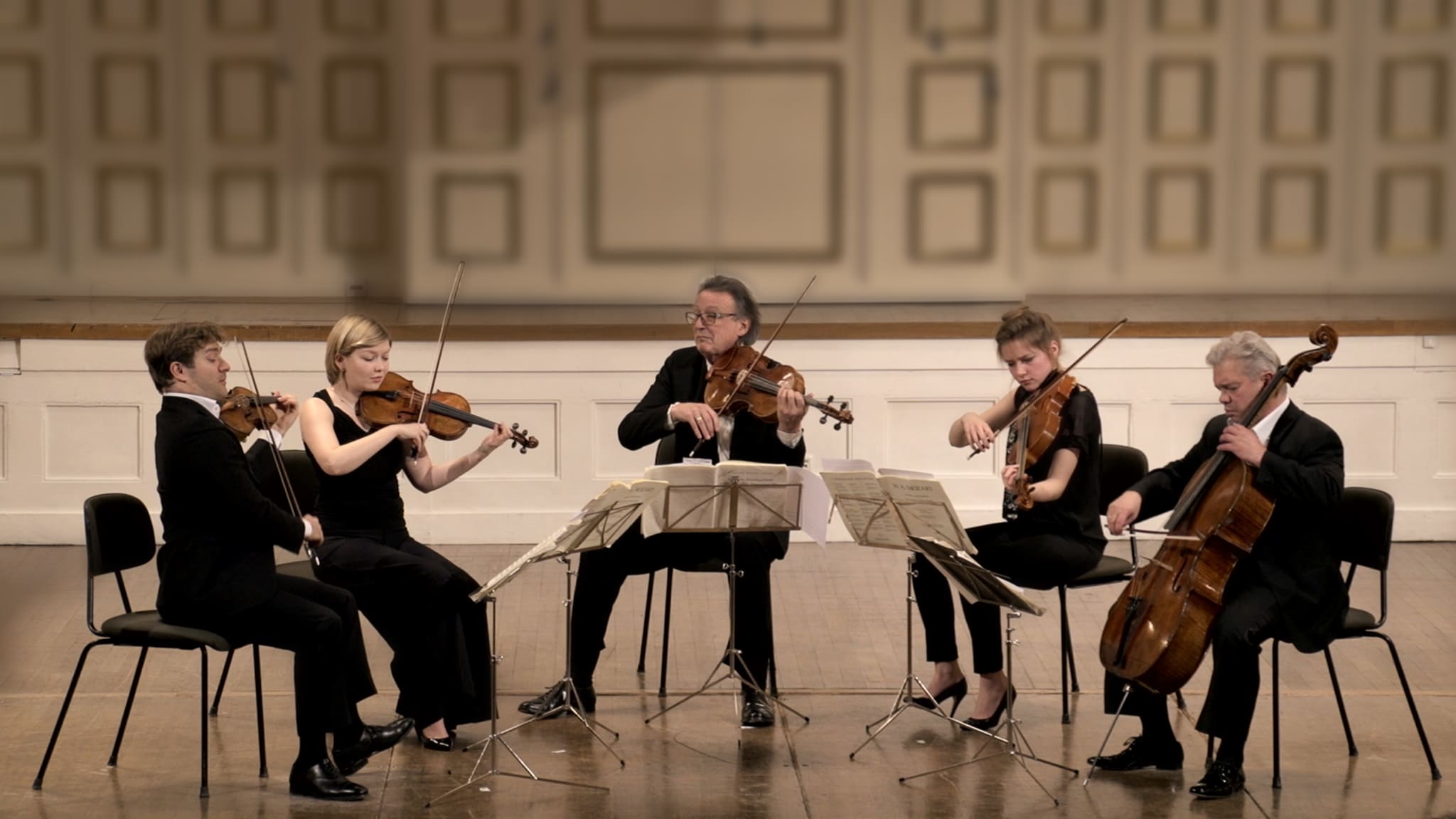Album insights
By the mid-1780s, Haydn led a double life - as the Kapellmeister for Esterházy on one hand, and as a European celebrity on the other. Publishers clamored for his latest symphonies and quartets, showering him with prestigious commissions and invitations, not just from Paris and London but as far as Madrid and Naples. His compositions created an insatiable demand for string quartets in the lucrative household music market. The Quartets op. 33 of 1782 were a hit, prompting Vienna's Artaria to commission six more quartets. Despite beginning work on them in 1787, Haydn focused on quartet writing after his Paris Symphonies and Seven Last Words for far-off Cádiz. The quartets finally emerged in 1788 as Opus 54 and 55, followed by another set in 1790 as Opus 64 - his last compositions before his initial visit to London.
The twelve quartets of 1788 and 1790 are often linked to the colorful Johann Tost, who had been the second violin leader in the Esterházy orchestra. Tost's questionable activities included illegally trading stolen compositions from Prince Esterházy. Although he found some success in other ventures, his musical abilities remained unremarkable. The Opus 64 quartets were originally dedicated to Tost but were removed in a later edition. While Tost's connection to the Opus 54 and 55 quartets remains unclear, there was an agreement for Haydn to sell them to a Parisian publisher alongside Symphonies No. 88 and 89. These quartets debuted in Paris in 1789 and were also shared with London for performances.
Renowned for their brilliance, Haydn's quartets targeted the international market, especially in London and Paris, where a dominance in first violin was trendy. Despite the emphasis on brilliance, Haydn prioritized the quartet as a vehicle for chamber musical exchange rather than sheer virtuosity. One of the most famous quartets from Opus 54 and 55 is the C major Quartet, which displays extraordinary power and boldness in its musical language.
The Quartets from Opus 54 and 55 marked a shift in Haydn’s compositional style, especially in their intricate structures and thematic developments. These quartets, considered some of Haydn’s most innovative works, pushed the boundaries of classical music during that time. The Quartet in C major from this set is particularly noteworthy for its ingenuity, reflecting Haydn's mastery of form and expression.
One of the unique aspects of these quartets lies in their harmonic complexity and development. Haydn's genius shines through in his ability to blend traditional classical elements with innovative techniques, creating music that transcends the conventions of his era. The Quartet in C major, with its dynamic contrasts and bold thematic development, stands as a testament to Haydn's enduring legacy as a pioneering composer.
In the Quartets op. 54 and 55, Haydn showcased his mastery of form and structure, seamlessly blending technical virtuosity with emotional depth. These quartets are considered among the most remarkable achievements of his career, exemplifying his unmatched skill as a composer. Haydn's ability to balance complexity with accessibility makes these quartets timeless classics that continue to captivate audiences to this day.











